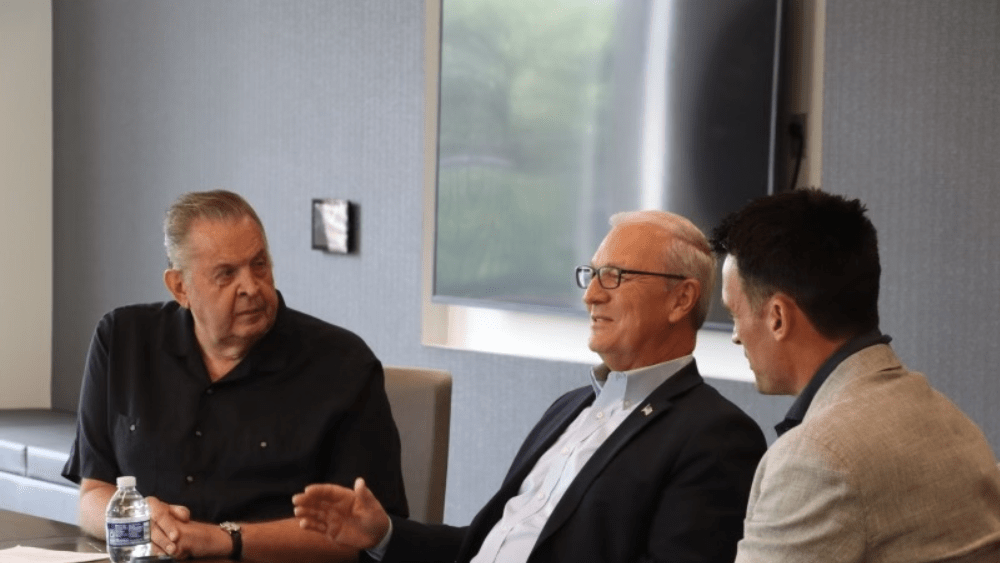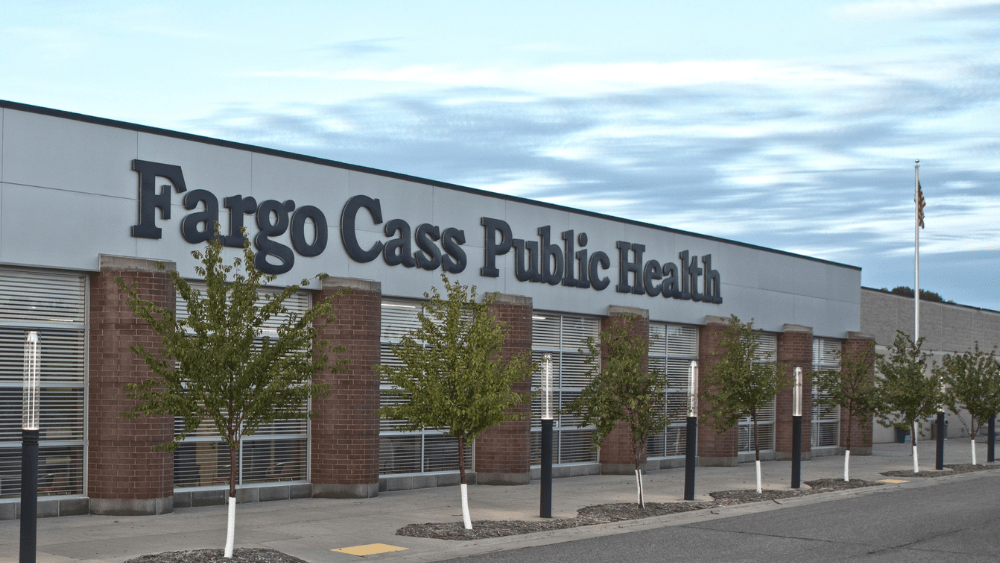(GRAND FORKS) – U.S. Senator Kevin Cramer (R-ND) joined a meeting with Grand Forks Mayor Brandon Bochenski and committee members to discuss strategies for base retention and enhancement at the Grand Forks Air Force Base (GFAFB). Cramer, a member of the Senate Armed Services Committee (SASC), discussed ways the community can enhance the support network provided to missions at the base. Cramer is in Grand Forks today to highlight Space Development Agency (SDA) investments at GFAFB and Grand Forks.
“This is a good time to remember that without a strong and enduring mission on the Grand Forks Air Force Base, we wouldn’t have SDA choosing to grow in Grand Forks and North Dakota, we wouldn’t have a vibrant, attractive Grand Sky Tech Park, and we wouldn’t have a critical piece to our ecosystem feeding expertise and innovation to the University of North Dakota and Grand Forks small businesses,” said Cramer.
In 2010, the last KC-135 Stratotanker departed from GFAFB, and its air refueling mission concluded. After a broken promise by the U.S. Air Force for another cargo or tanker mission, the GFAFB nearly closed. Despite this setback, North Dakota gained recognition for the critical Global Hawk Intelligence, Surveillance, and Reconnaissance (ISR) drones which arrived in 2011. The arrival of the Global Hawks was followed by private sector investment in unmanned systems at the Grand Sky Business and Aviation Park, and the state has maintained a relationship with unmanned ISR capabilities ever since. In August 2021, the Air Force announced the 319th Reconnaissance Wing in Grand Forks would expand the number of operational units under its command beyond the Global Hawks, to include the E-11 Battlefield Airborne Control Node aircraft.
Cramer has worked to secure Air Force support of future ISR capabilities instead of retiring legacy systems and defunding next generation capabilities, while ensuring GFAFB plays a critical role.
“These unmanned aircraft are a perfect fit for our UAS-friendly airspace, our daily use and understanding of UAS, our existing radar structure, and North Dakota’s Northern Plains UAS Test Site that provides us expertise in getting permissions from the FAA and the FCC to fly unmanned systems,” said Cramer.
There are several new missions Cramer is working to attract, including a temporary location at GFAFB for training deployments, a temporary deployment location when a home station is unusable due to scheduled maintenance or a natural disaster, and counter Unmanned Aircraft Systems (UAS) test missions. The Air Force is planning to temporarily relocate 17 B-1 bombers to the Base early next year.
Cramer has also advocated for the GFAFB to receive a Collaborative Combat Aircraft (CCA) mission in the future.
“I believe so strongly that Collaborative Combat Aircraft will play a part in the future of Grand Forks, and frankly our Air Force, that I chose my guest for this year’s UAS Summit because he is to CCA what Elon Musk is to space,” Cramer continued. “Palmer Luckey has broken the mold on how to innovate and advance UAS capabilities, and it shows. His company, Anduril, was one of the first two companies to win a contract from the Air Force to build its Collaborative Combat Aircraft submission called Fury. I’ve seen it, it’s spectacular. By the way, the other company is General Atomics, which already has a growing presence at Grand Sky and is familiar with North Dakota.”
Cramer will return to Grand Forks for the annual UAS Summit October 8-9, with guest Palmer Luckey, founder of defense technology company Anduril Industries. Founded in 2017, Anduril Industries focuses on autonomous drones and sensors for military applications.




